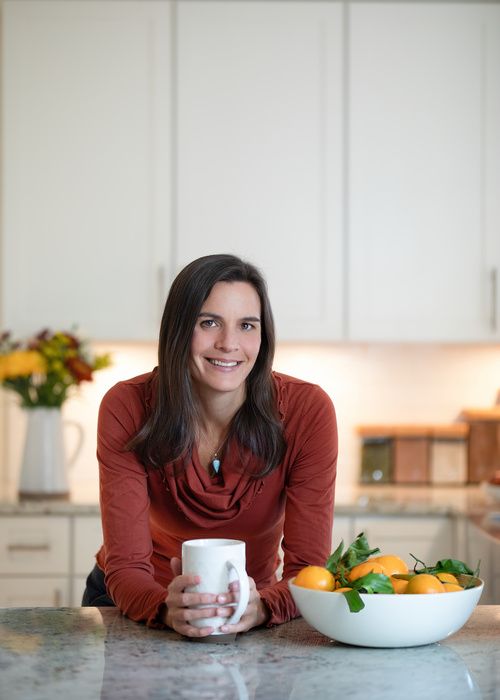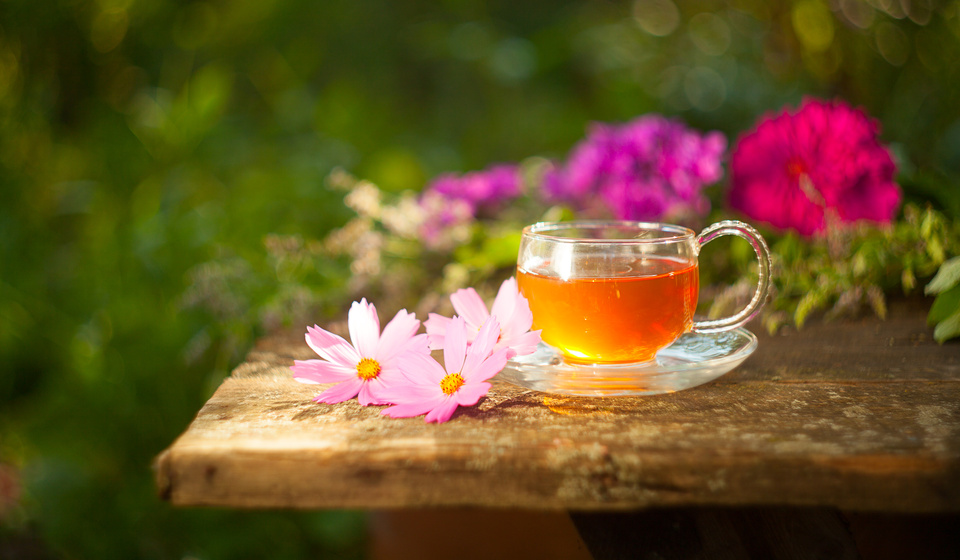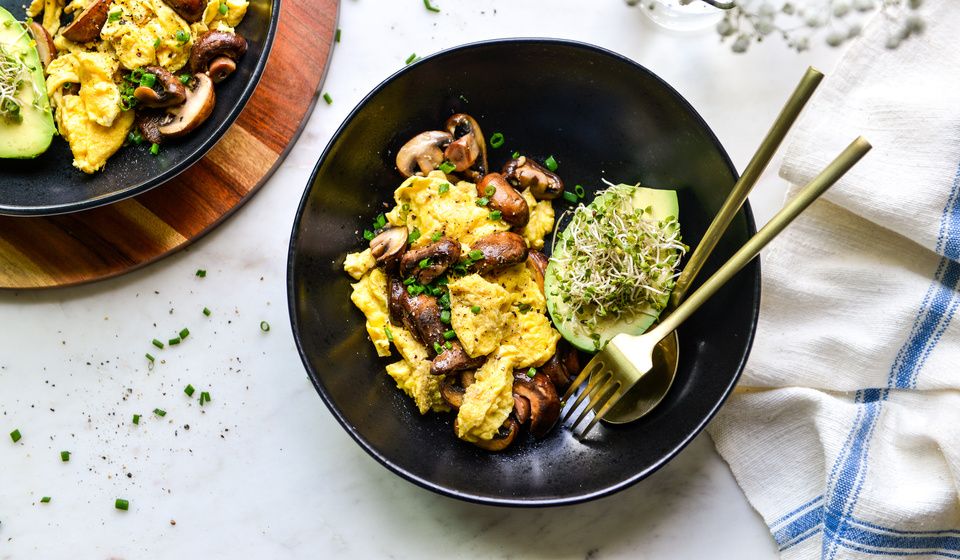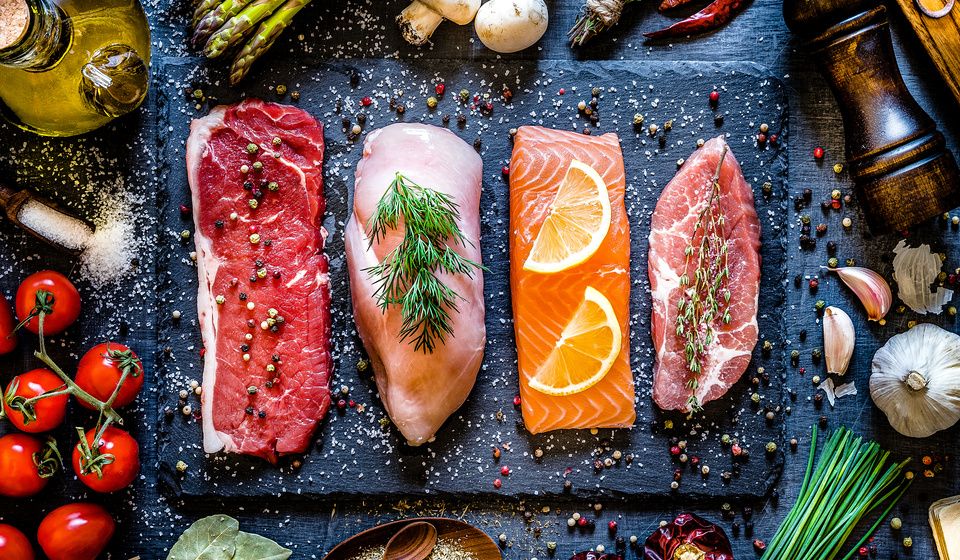Letting Go of Food Addictions During an Elimination Diet
Ali Segersten Mar 21, 2025
Food is more than just fuel—it’s emotional, cultural, and deeply tied to our daily habits. But for many, it also becomes a source of addiction, keeping us stuck in negative cycles of cravings, energy crashes, and emotional eating.
Processed foods, high in sugar, unhealthy fats, and artificial additives, are designed to hijack our brain’s reward system, triggering dopamine releases that make us reach for more, even when we know they’re harming our health.
Letting go of food addictions isn’t just about willpower, it’s about breaking free from old patterns and stepping into alignment with your future self.
The Challenge of Letting Go
Over the years, one of the biggest struggles I’ve seen during the elimination diet process is the difficulty of letting go of foods that have been part of one’s daily diet for years, or even decades. The cravings for sugar, gluten, dairy, and processed foods can feel overwhelming, and ironically, they often get stronger when we try to break away from them.
I remember this struggle firsthand. Back in 1999, when I did my first elimination diet to help reduce the digestive issues I was experiencing at the time and heal my gut, I made it three weeks before caving to intense cravings for gluten and dairy. I tried to push through, but one night, feeling completely deprived, I gave in and ordered a pizza. The temporary satisfaction was real, but so was the discomfort that followed.
How Food Addictions Keep Us Stuck
When we consume highly processed, sugar-laden, or inflammatory foods, our body enters a cycle of highs and lows. A burst of pleasure and energy is quickly followed by a crash, leading to fatigue, mood swings, and even anxiety, which then drives us to reach for more of the same foods to feel better again. Over time, this cycle of dependency dulls our ability to listen to real hunger cues, disrupts metabolism, and fuels inflammation. These foods mask what our body truly needs, keeping us disconnected from real nourishment.
This addiction isn’t just physical—it’s deeply emotional. Food becomes a coping mechanism for stress, loneliness, or boredom. We turn to it for comfort, using it to fill emotional gaps rather than to fuel and heal our bodies. But when we hold onto these habits, we also hold onto the version of ourselves that is dependent on them. True transformation requires not just eliminating these foods but also releasing the emotional ties that keep us bound to them.

Breaking Free: Aligning with Your Future Self
Letting go of food addictions is an act of self-liberation. It’s about stepping into who you are becoming rather than staying stuck in patterns that no longer serve you. Ask yourself: Who is my healthiest, most vibrant self? How does this version of me eat, think, and nourish my body? Aligning your daily choices with this vision allows you to reprogram cravings, shift behaviors, and build a relationship with food that supports your highest well-being.
One of the most effective ways to break free is through an elimination diet, which removes the foods that keep you in a state of imbalance. By cutting out sugar, processed foods, gluten, dairy, and other inflammatory triggers, you reset your taste buds, reduce cravings, and allow your body to heal. Within weeks, you begin to experience food in a whole new way—sensing natural sweetness in fruits, feeling sustained energy from real meals, and craving what truly nourishes you.
How to Let Go of an Old Habit That No Longer Serves You
Breaking free from food addictions isn’t just about removing certain foods, it’s about reprogramming the mind and body to align with the version of you that no longer craves them. When we have relied on specific foods for comfort, distraction, or habit, the brain naturally resists change. But the key to lasting transformation is not fighting cravings with willpower, it’s learning to pause, redirect, and rewire your response to them.
A helpful strategy for letting go of foods that no longer serve you is to create a replacement list and keep it visible in your kitchen. On one side, write down the foods you often crave but know don’t make you feel your best. In the other column, list healthier alternatives—nutrient-dense foods or meals that can satisfy those cravings in a way that supports your well-being. Keeping this list handy serves as a daily reminder and helps you make intentional choices, rewiring your brain to crave foods that truly nourish and sustain you.
The next time you experience a craving for a food you’re trying to let go of, instead of immediately reacting, pause. Take a deep breath. Close your eyes if you need to. Instead of focusing on what you "can’t" have, shift your attention to how you want to feel. Ask yourself: What does it feel like to be vibrant, clear-headed, and free from the cycle of cravings? How does my future self nourish my body?
Sitting with the emotions of feeling good—the lightness, the energy, the clarity—creates a powerful mental imprint that begins to override the old pattern. This is the process of reprogramming your brain’s reward system. Instead of associating pleasure with the instant gratification of processed foods or a specific food you're working to let go of such as gluten, yeast, sugar, or dairy, you are now connecting it to your long-term well-being, vitality, and alignment with your healthiest self. Over time, this practice makes it easier to make choices that reflect the version of you that is already thriving.
Each time you choose to pause, breathe, and redirect your mind toward the feeling of nourishment instead of deprivation, you are reinforcing your new habit. This isn’t about resisting cravings, it’s about creating new neural pathways that make healthier choices feel natural, empowering, and deeply satisfying. The more you practice, the easier it becomes, until one day, you realize that the foods you once craved no longer have power over you. You have stepped fully into your future self—strong, free, and truly nourished.
Embracing a New Relationship with Food
This journey is all about expansion. Instead of focusing on what you’re giving up, shift your mindset to what you’re gaining: mental clarity, stable energy, freedom from symptoms, emotional balance, and deep nourishment.
As you let go of food addictions, you reclaim your body, your vitality, and your freedom. This is your invitation to step fully into your future self—one who is empowered, nourished, and thriving. Are you ready to release what no longer serves you and embrace the health and vibrancy that’s waiting?
If you’d like to dive deeper into the rewiring process and how to create lasting transformation, explore our 12 Gifts of Health page—it’s filled with powerful insights and tools to support your journey. 💛 Click here to begin.

About the Author
Alissa Segersten, MS, CN
Alissa Segersten, MS, CN, is the founder of Nourishing Meals®, an online meal-planning membership with over 1,800 nourishing recipes and tools to support dietary change and better health. As a functional nutritionist, professional recipe developer, and author of The Whole Life Nutrition Cookbook, Nourishing Meals, and co-author of The Elimination Diet, she helps people overcome health challenges through food. A mother of five, Alissa understands the importance of creating nutrient-dense meals for the whole family. Rooted in science and deep nourishment, her work makes healthy eating accessible, empowering thousands to transform their well-being through food.Nourishing Meals Newsletter
Email updates.






Add Comment